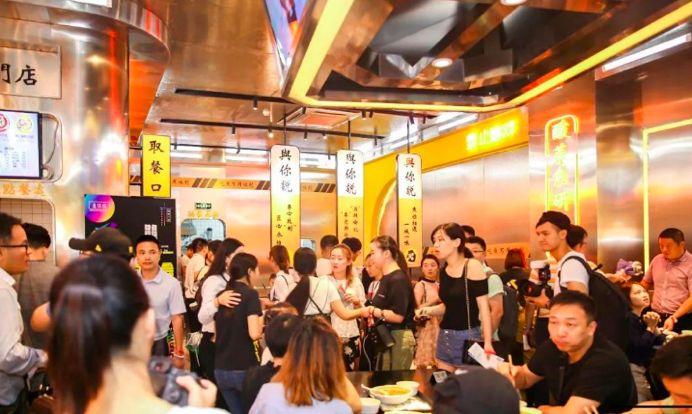
Leads: Student restaurant furniture. The semi-private dining space next to the bar is separated by a silk screen. The embroidery on the silk and the hand-painted black and white pen and ink are intertwined into a light bamboo forest, which makes people feel like poetry and painting in the oriental sense.
今天,让我们走进餐厅家具的世界。位于伦敦Trinity广场四季酒店内的Mei Ume餐厅,就坐落在1920年代的贸易港口区。它原本是1922年伦敦港务局的总部所在地,曾经在英、法、德等国进行茶叶、丝绸和陶瓷等商品的贸易。设计师利用这一历史背景,创造了一个融合东西方文化的餐厅,同时最大限度地保留了历史的踪迹。

Á meðan viðgerð var gerð á byggingunni, voru öll stöngvarnar í fornminjasögu byggingunni sem var höfuðstöðvar London Port Authority frá ári 1922 fullt líftogt. Arkitektinn setti jarnaklútur í eftirfarandi línu byggingarinnar, sem ekki ber til að varna upprunalegu tímatengingu, heldur aukar aukaverkni, sérstaklega fyrir settu ljósstöðvar til að gefa aukastöðu. Nafnið á veitingarhúsinu, Mei Ume, er komið úr kínversku og japönsku „Bjarkar“.

Frá inni Meí Ume, fólk ár náðu áhuga á plútunum sem hún hefur verið með örugga malzett. Þessi kinesískur plútun er hengin á miðju tvöstjörnastolpanna, meðalstæða örugga malzett. Játtan plútun ákvarðar einstig eftir eignarþáttum og leikur fólkinn í einhver fylgjandi kultúruhópi.
学生餐厅家具-主题大厅以中国红为主色调,象征中国文化中的快乐与幸福。最醒目的装饰是一套镀金三联画,两端镶有红漆框,符合中国文化和时尚。风向不明。美乌姆餐厅左侧是一个复杂的酒吧和私人用餐室。黑檀木和白色大理石格栅地板简单地将酒吧、交流区和用餐区分开。酒吧基于中式亭子,用玻璃和黑色金属涂绘的灯笼。酒吧旁边的半私人用餐空间被丝绸屏风隔开。丝绸上的刺绣和手工绘制的黑白色水墨相互交织成一片轻竹森林,让人感觉像诗和画一样,在东方的感觉中。

Student Restaurant Furniture - Concept From the bar to the right, people enter the dining area through an intermediate walkway. Here, the first thing that comes to mind is the red detail embellishment that represents the concept of Chinese culture "Geely". In order to avoid the use of too modern projectors in historic buildings, the designer has custom-made lighting that matches the historical appearance and echoes the plump red of the dining area chairs and sofas. While dining, one can look out over the hotel's courtyard from the window and admire the traditional British character of this British Grade II listed building.

